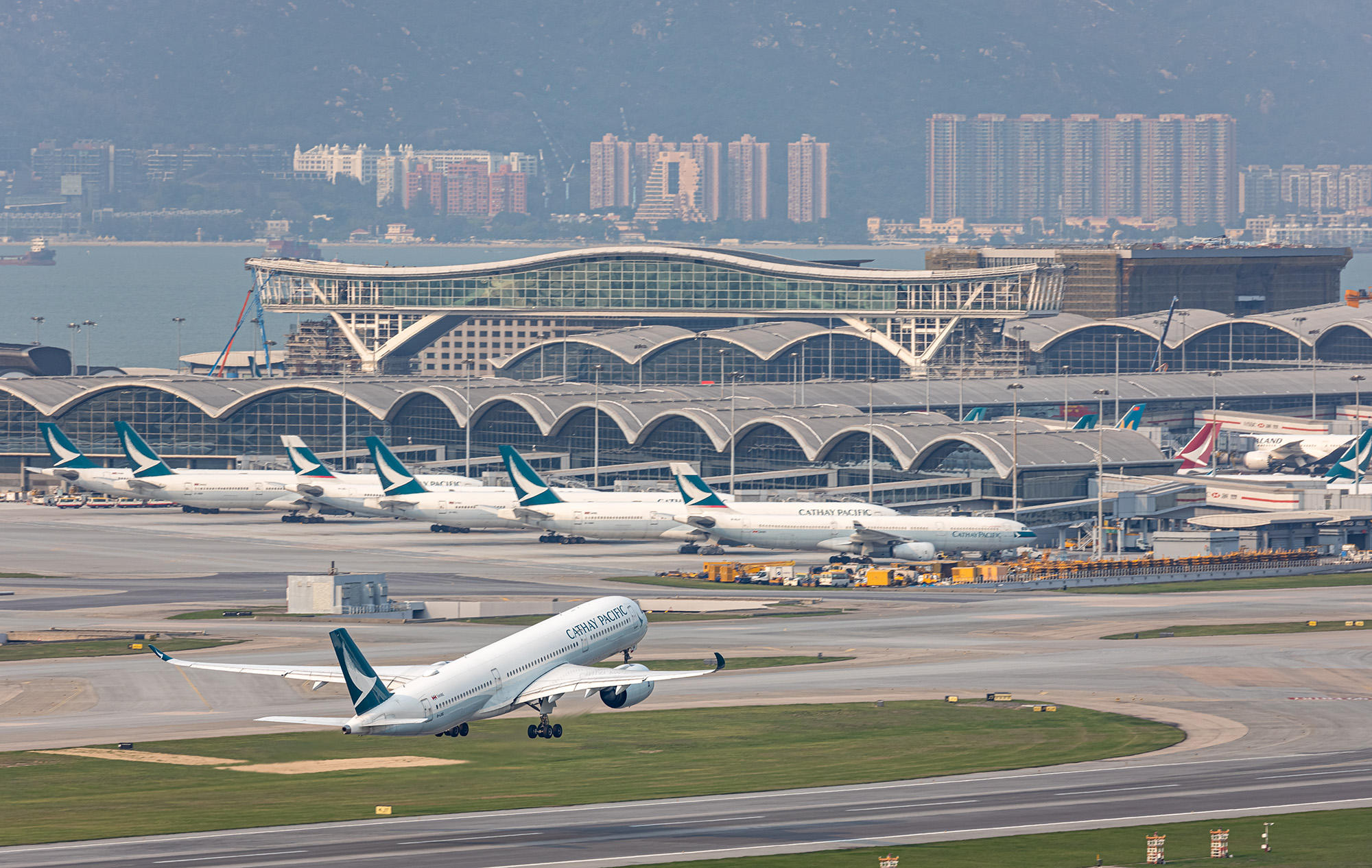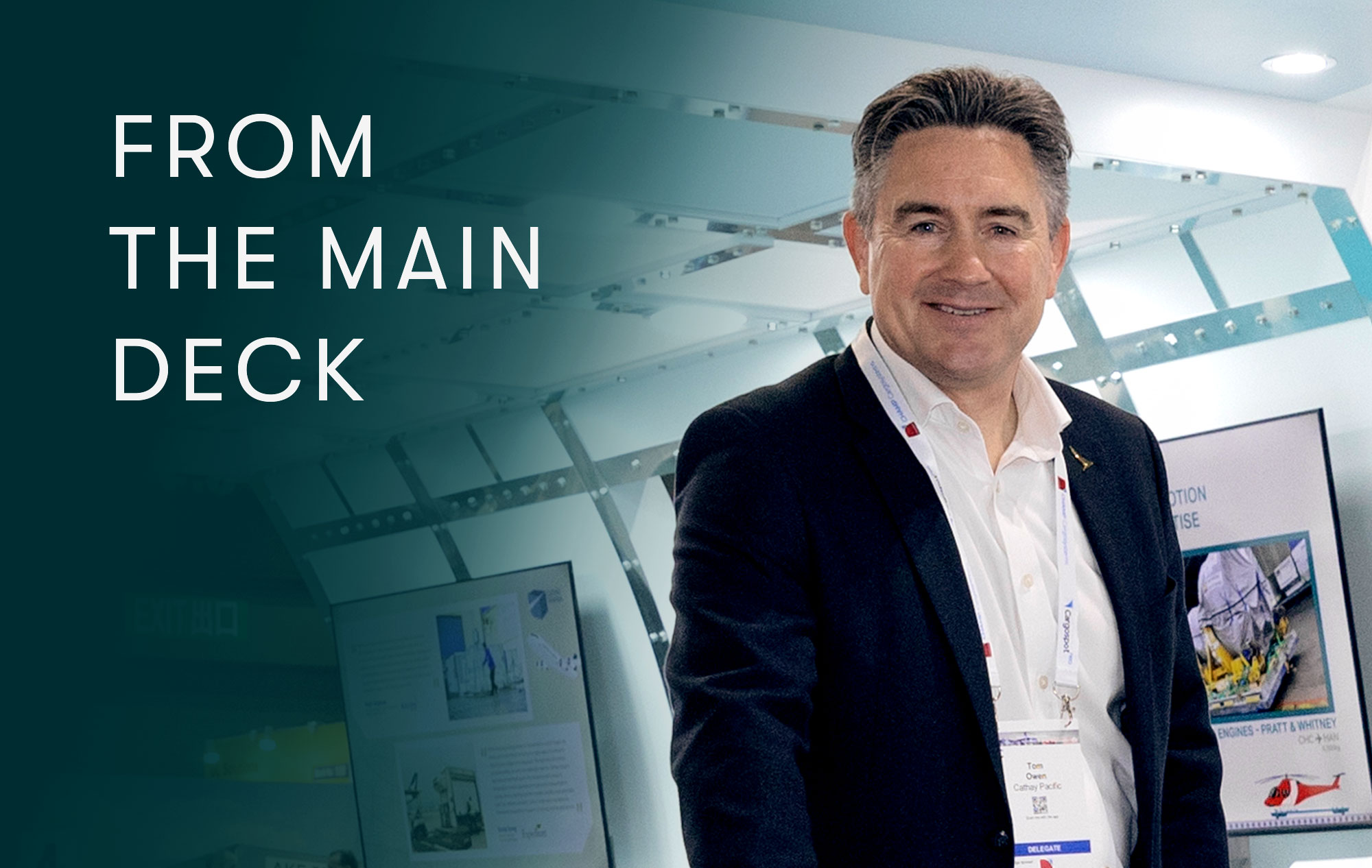
What eFreight measures has Cathay Pacific implemented?
eFreight has two parts – the use of eAWBs and the eventual phasing out of forwarder pouches. Since 1 January
2011 Cathay Pacific Cargo has ceased to accept paper AWBs for export cargo from Hong Kong. In other feasible locations, we target all forwarders to use eAWBs; we reached 82 per cent system-wide penetration at the end of last year.
So the next phase is to get rid of the pouch. How are you doing that?
We have to consider the information required by customs. What they want to know is the routing, the nature of the shipment and the house-level shipper and consignee information. We don’t have the house waybill, but we do have the house manifest, which shows the ultimate shipper and consignee, along with a detailed description of the shipment. This information is electronically sent to the airline by the forwarder in their eAWB messages. With this, the airline has sufficient data for both import and export customs reporting. We can only do away with the pouch in places where customs fully support electronic customs clearance without requesting paper.
So how does it work in practice?
The concept is very simple. The origin forwarder sends a pre-advice email containing the invoice, packing list and house waybill files to the destination forwarder or consignee. In Hong Kong, customs have told us that 99.5 per cent of incoming cargo is auto-cleared. This same process applies to the other 13 compliant-country destinations.
How have the results been so far?
We could be the leader in creating this process. Let’s talk about last year’s figures for eFreight. For Cathay Pacific Cargo, from January to October the increase in this was low, just about 1,000 more each month. But we are still waiting for the forwarders to drive this; nothing will happen quickly.
What are your targets?
For this year I have set a target for 50 per cent of shipments without pouches. In November we had about 19,000 shipments without them, but we implemented this process in December and for that month there were more than 35,000 pouch-free shipments, 24.7 per cent of the total – a big increase. But just three origins are following this process: Hong Kong, Singapore and Vietnam. However, I’m confident the customs at the 13 destinations have no problem with the process, because there are a lot of day-to-day shipments going to them from Hong Kong. And that means other origin countries can adopt the same procedures without problems.








